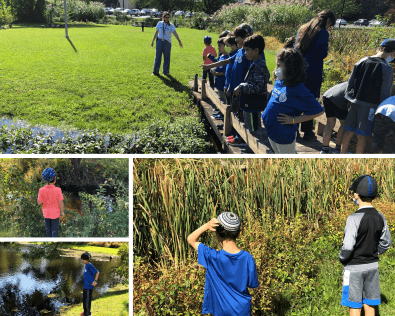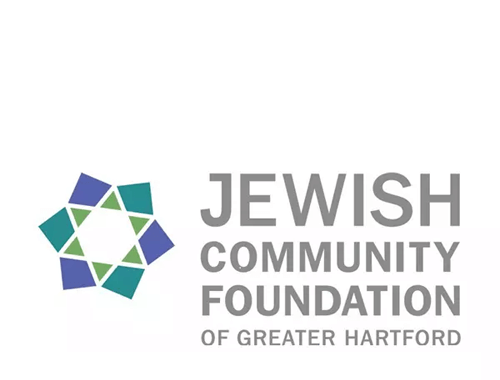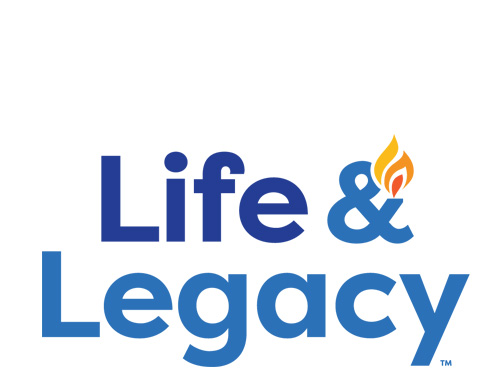Schechter Shavua: October 25, 2021
An Illuminating Discovery in Gesher
What do you get when you put together lemons, a copper wire, a zinc coated nail, etrogim, and a tiny light bulb? A science experiment! Sarah Montag, Schechter’s Director of Teaching and Learning, brought her passion for science to the Gesher class last week. They began by examining their prior knowledge about etrogim, a timely subject matter since Sukkot was last month. (Fun fact: did you know that the etrog is one of the four “founding fathers” of all the citrus fruit in the world, alongside pomelo, mandarin and papedas? An etrog is not a type of lemon, but rather the other way around!)
Sarah provided students with background information about discoveries using a lemon as a battery. Students worked through the experiment using the steps of the scientific method and then made their own predictions about if this experiment would also work using etrogim. Upon testing their hypothesis, they discovered that the acid in the etrog allows for the transfer of electrons from copper to zinc which causes electricity, just like with the lemons. Success!
Click HERE to see photos of this experiment and other science activities at Schechter.
A “Qwst” for Light and Darkness
As part of their unit on light in the IQWST curriculum, Habonim students (grades 6-7) went on a light hunt using light sensors to draw conclusions about the brightest and dimmest places in the classroom. They reached high and burrowed into dark corners to test their light sensors under a variety of conditions. Students learned that the highest brightness readings came when the light sensor was pointed directly at a light source, when it was closer to a light source, and when there was an unblocked path. This confirms earlier conclusions about light and provides a stepping-off point for future investigations.
Rimonim Scientists Get Into the Weeds
 Rimonim students hit the road recently in science class! At a nearby pond, these young scientists made observations and collected data about the plants and animals they saw on land and in the water. They found turtles, dragonflies, bees, geese, squirrels, fish, and so much more. The students will then use this information to determine what plants and animals need to survive; they will apply this knowledge to better understand animal adaptations and how plants and animals survive in different biomes.
Rimonim students hit the road recently in science class! At a nearby pond, these young scientists made observations and collected data about the plants and animals they saw on land and in the water. They found turtles, dragonflies, bees, geese, squirrels, fish, and so much more. The students will then use this information to determine what plants and animals need to survive; they will apply this knowledge to better understand animal adaptations and how plants and animals survive in different biomes.
Budding Scientists at Work in Early Childhood
Our youngest group of students love to make observations, building the foundations for excellent scientists. In T’marim (EC3-4), students made predictions about and then observed what happens when they submerged a piece of candy pumpkin in different kinds of liquids. They experimented with tap water, seltzer, oat milk, vinegar, and oil. The students made wonderful guesses about what they thought would happen to the candy in the different liquids and were amazed to observe the changes. They will continue to observe these changes over the course of one week.
Science and Responsibility in K-1
The Parparim and Tsiporim students (grades K-1) have been learning about seed potatoes as part of their studies of plant and animal life. Students broke into groups and planted seed potatoes that had started sprouting roots. They have been sharing the responsibility of watering the plants and checking them daily in a sunny spot in their outdoor classroom. Students will understand what plants and animals need to grow and live.
Solomon Schechter Day School
of Greater Hartford
26 Buena Vista Road
West Hartford, CT 06107
© Solomon Schechter Day School of Greater Hartford | Site design Knowles Kreative




